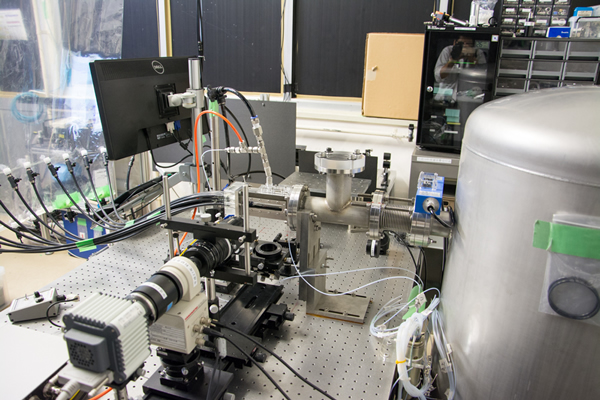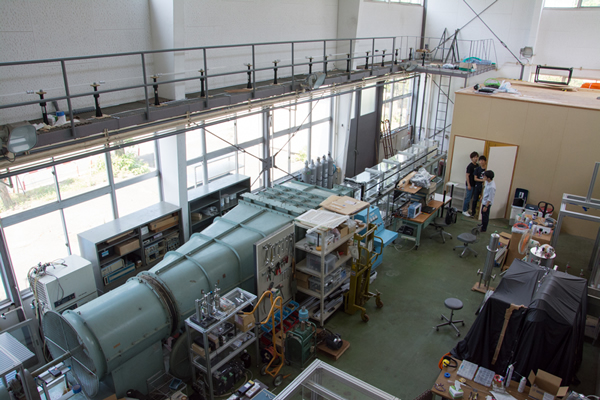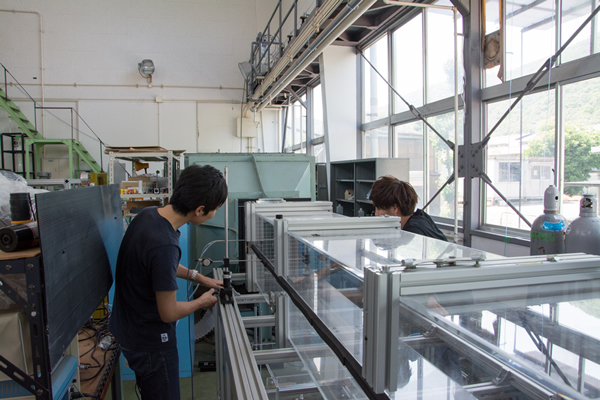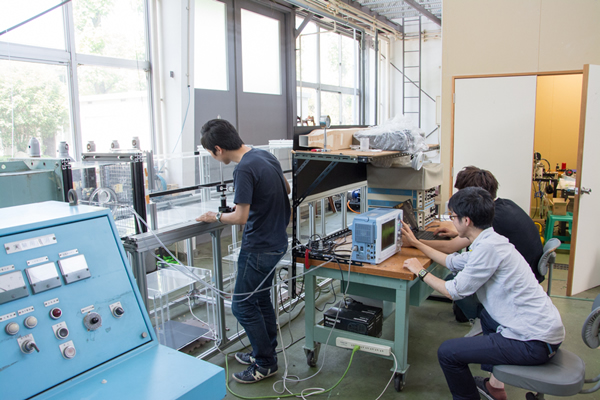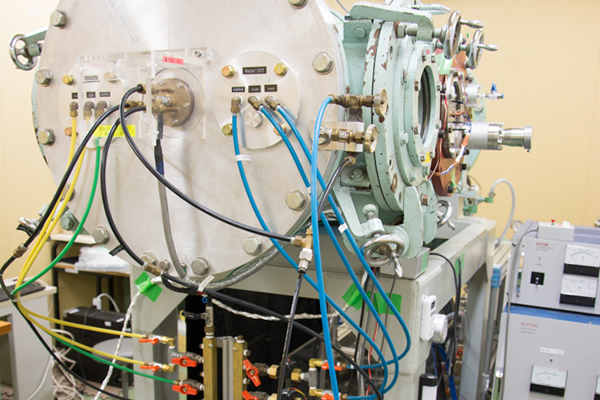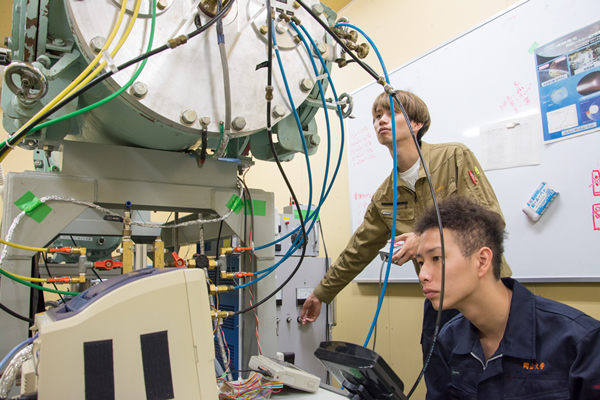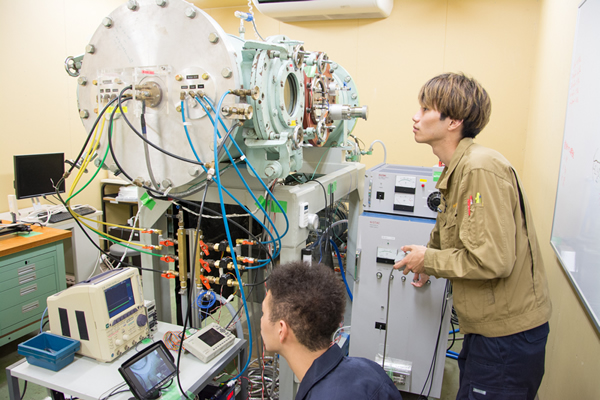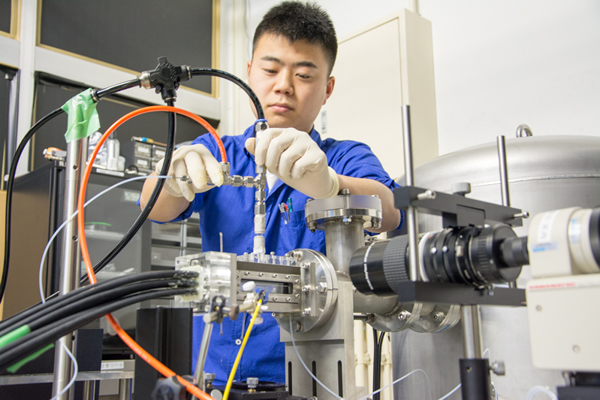Fluid Dynamics
Fluid, such as water and air, is ubiquitous around us. Fluid flows inside and outside the machines such as a vehicle or an airplane are often very complicated but important because of their strong effects on the machine performance. It is essential to understand the details of the flow behaviors not only to design the new machines but also to improve the performance. Therefore we investigate the flow structures around airplanes, spacecrafts, and various industrial machines by way of experimental and numerical methods. Moreover, we will suggest innovative design and improvement of the existing machines by use of the knowledge acquired by this study.
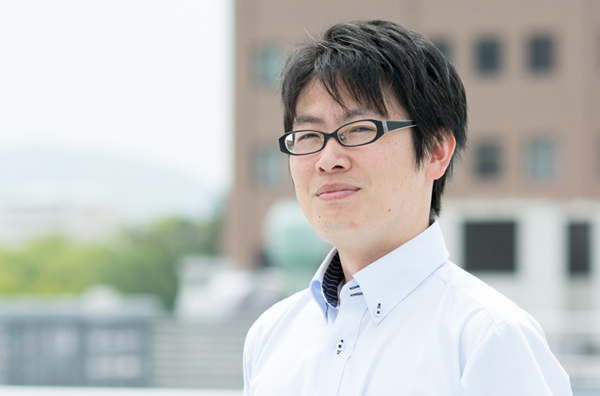
Toshinori KOUCHI
Professor
Supersonic Mixing and Combustion
Space plane is a promising candidate for next generation space transportation system. Supersonic mixing and combustion are keys to realize the space plane. We have been investigating fuel mixing and combustion in the combustor of the space plane by using advance laser measurements and large eddy simulations.
Unsteady Visualization of Transonic Buffet
Shock-wave boundary-layer interaction on an airfoil induces massive flow separation and leads to large-scale self-induced shock oscillation in a transonic flow. This instability is known as buffet which greatly affects the aerodynamic behavior of aircraft. We have been conducting experiments on the buffet in an effort to understand its physics, to predict its onset, and to explore its control techniques.
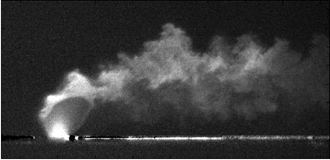
Fig.1 Acetone-PLIF image of a transverse jet into Mach 2 supersonic flow
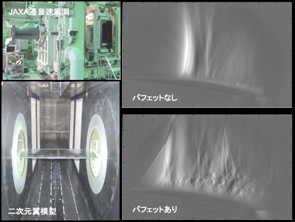
Fig.2 Visualization of two-dimensional transonic buffet.
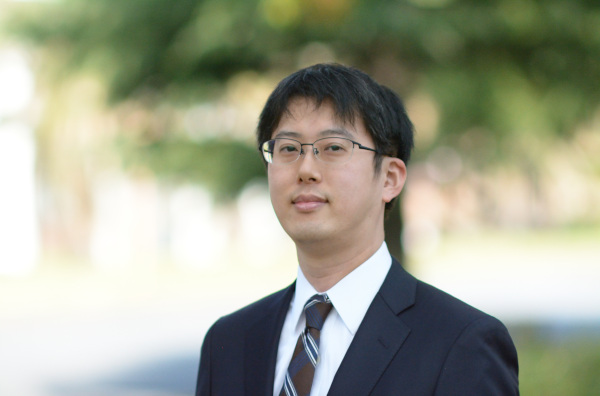
Hiroki SUZUKI
Associate Professor
Non-equilibrium turbulence
Flows in industrial equipment are frequently in the state of turbulence. The characteristics of decaying turbulence have been widely studied by a lot of previous works, and the results obtained have contributed greatly to society in general. In recent years, the decay of the non-equilibrium turbulence has been a topic of interest in Japan and abroad. The study and engineering application related to this phenomenon are dealt with in our laboratory.
Techniques for the analysis of turbulent flows
Observed results on the turbulence by experimental measurements and numerical simulation are often influenced by error components, such as calibration and noise in experimental measurements and conservation laws and approximation accuracy in numerical analysis. We attempt to investigate the characteristics of and reduce the components to improve techniques for analyzing phenomena on the turbulent flows.
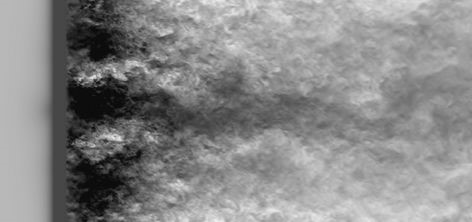
Fig.1 Numerical visualization of a non-equilibrium turbulence flow field (the flow is left to right)
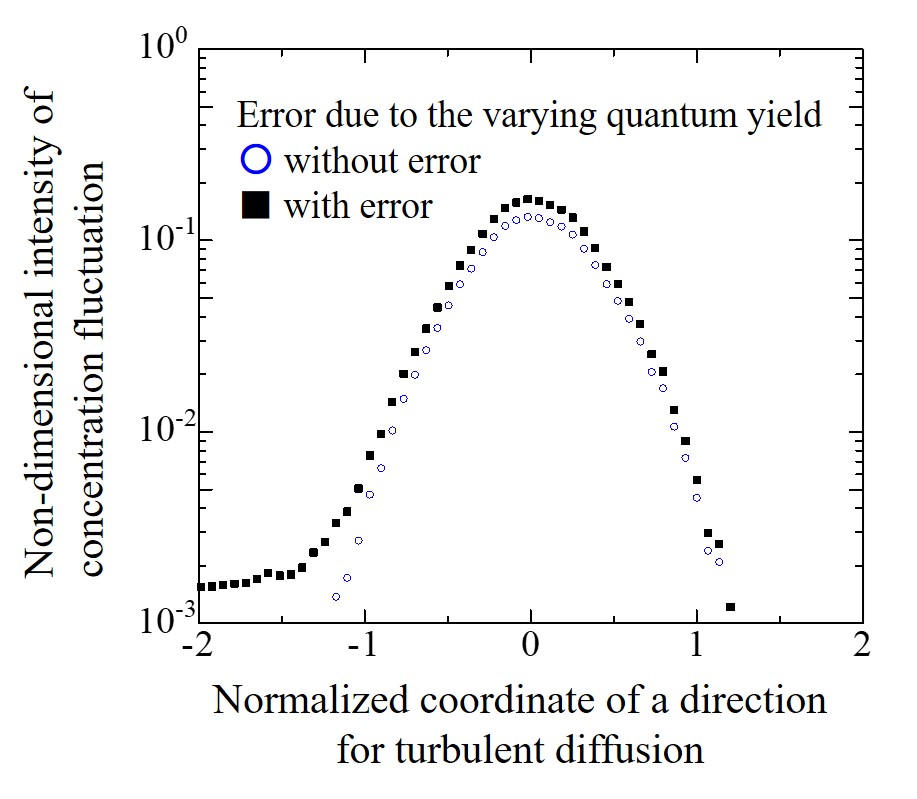
Fig.2 An experimental result affected by error components (turbulent mass transfer)
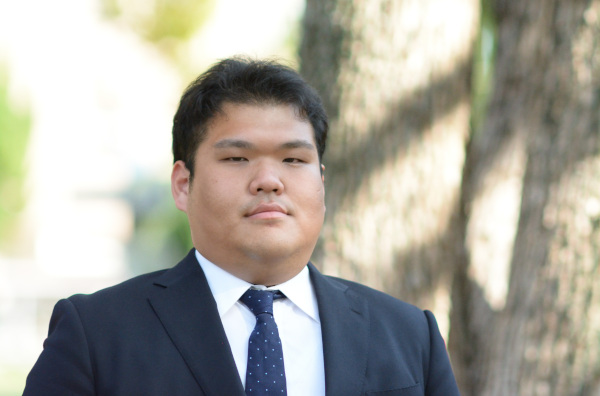
Kento TANAKA
Assistant Professor
Direct numerical simulations on shock turbulence interaction
Fluids are compressed by supersonic flights and a shock wave is generated. In this study, a flow field in which the shock wave propagates and interacts with a turbulent flow is numerically designed and the characteristics of them in interaction are studied. One of the goals of this study is to contribute development and operation of supersonic transportation.
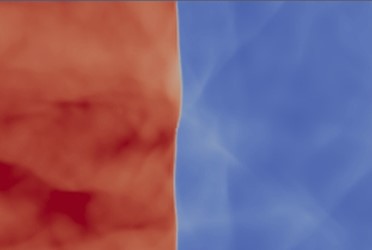
Fig.1 Visualization of density profile near shock region

